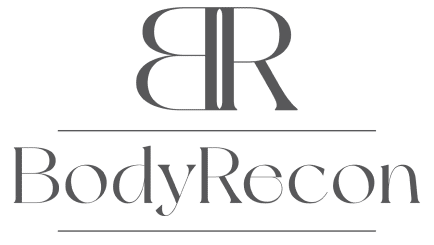ABOUT BLEPHAROPLASTY
The effect of ageing on the face leads to loss of skin elasticity and support for the deeper facial structures. In the upper face, this can cause the brow to droop, the upper eyelid skin to become hooded and the lower eyelids to form bags with bulging of the fat beneath the muscle of the eyelids. In some people there is an inherited tendency for the fat beneath the muscle to protrude and so form bags at an early age without necessarily skin excess. All these appearances can give the eyes a tired look and make people look older than they really are.
A blepharoplasty is the medical term for an operation on either the upper and/or lower eyelids to reduce/redistribute the amount of bulging fat as well as excise any excess skin, thereby giving the eyes a fresher and more youthful look. The operation can be performed under local anaesthetic, but is usually performed under general anaesthetic. It takes 1-2 hours to perform and is usually done as a day case. The standard operation involves making incisions which follow the natural skin creases in the eyelids. In the case of the upper lid this cut is positioned about 5mm above the eyelashes, whereas in the lower eyelid the cut is made just below the eyelash line. The incisions are extended a little way into the crows feet area (smile lines at the outer corner of the eye). In the upper eyelid, the excess skin is excised along with a strip of underlying muscle, and any excess bulging fat located beneath the muscle is also excised. In the lower eyelid, the excess bulging fat is released from its containment under the muscle and is repositioned and allowed to redrape over the lower bony rim of the orbit. Any excess fat and skin can also be excised but this is done to a lesser degree than in the case of the upper lid. The wounds are then closed with stitches which are removed after 1 week and covered with tapes. In cases where the lower eyelids contain bulging fat but with no skin excess, then the fat can be removed by an incision entirely within the inside of the eyelid. This is called a transconjunctival blepharoplasty. Here, there are no external scars and the wound is stitched with dissolving sutures.
FREQUENTLY ASKED QUESTIONS
Not everyone is suitable for a blepharoplasty. Suitability is a matter for you and Dr. Rahdon to discuss in clinic, following a thorough analysis of your medical history and a thorough clinical consultation. If you are suitable, during your consultation Dr. Rahdon will discuss with you the particular type of blepharolasty technique that best addresses your eyelids. You will need to be in good general health and be within your healthy weight range.
The results of the surgery will make your eyes look fresher and younger.
The location of the scar in the upper eyelid lies in the natural crease line about 5 mm above the eyelashes, and extending slightly into the crows feet area (smile lines at the outer corner of the eye). The scar in the lower lid lies in the natural crease just beneath the eyelashes and extends a little into the crows feet area. All the external scars tend to be concealed in natural skin creases making them as inconspicuous as possible. In the case of a transconjunctival blepharoplasty, the scar is hidden on the inside of the lower eyelid.
A blepharoplasty is not a particularly painful procedure. During the operation local anaesthetic is injected at the site of the incisions. It is normal for patients to experience some discomfort around the eyes but this can usually be managed with simple tablet type painkillers such as paracetamol etc.
Most people feel able to return to work after 2 weeks and return to completely normal activities after 4 weeks.
The improvement in the appearance around the eyes will be immediately apparent following a blepharoplasty. However, there will be some bruising and swelling which a few weeks. The scars from blepharoplasty surgery usually heal exceedingly well. The final result can usually be judged at around 3-6 months following surgery.
Any operation carries with it the risk of complication. Major complications, however, are uncommon following a blepharoplasty. During your initial consultation Dr. Rahdon will have a full discussion with you about the risks and complications of surgery. If you decide to go ahead with surgery, these risks will again be discussed as part of the consenting process. Fortunately, with correct patient selection and appropriate procedure selection, the risks are kept to an absolute minimum. It is important that you should be reassured that Dr. Rahdon will not agree to perform any cosmetic procedure on you unless he feels the benefits significantly outweigh the risks.
Any surgical or invasive procedure carries risks. Before proceeding, you should seek a second opinion from an appropriately qualified health practitioner.
Interested in learning more? Book a consultation today.

